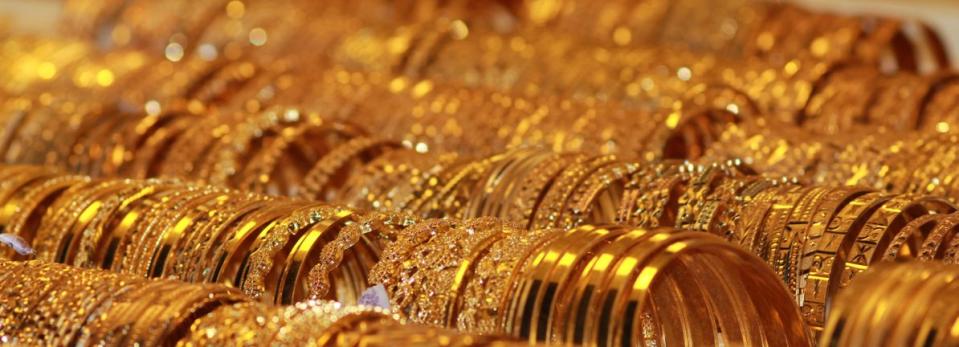Here's Why We're A Bit Worried About Metals Australia's (ASX:MLS) Cash Burn Situation

There's no doubt that money can be made by owning shares of unprofitable businesses. For example, biotech and mining exploration companies often lose money for years before finding success with a new treatment or mineral discovery. Nonetheless, only a fool would ignore the risk that a loss making company burns through its cash too quickly.
So, the natural question for Metals Australia (ASX:MLS) shareholders is whether they should be concerned by its rate of cash burn. For the purposes of this article, cash burn is the annual rate at which an unprofitable company spends cash to fund its growth; its negative free cash flow. The first step is to compare its cash burn with its cash reserves, to give us its 'cash runway'.
View our latest analysis for Metals Australia
Does Metals Australia Have A Long Cash Runway?
You can calculate a company's cash runway by dividing the amount of cash it has by the rate at which it is spending that cash. When Metals Australia last reported its balance sheet in June 2019, it had zero debt and cash worth AU$700k. Looking at the last year, the company burnt through AU$2.5m. So it had a cash runway of approximately 3 months from June 2019. With a cash runway that short, we strongly believe that the company must raise cash or else douse its cash burn promptly. We should note, however, that if we extrapolate recent trends in its cash burn, then its cash runway would get a lot longer. You can see how its cash balance has changed over time in the image below.
How Is Metals Australia's Cash Burn Changing Over Time?
While Metals Australia did record statutory revenue of AU$12k over the last year, it didn't have any revenue from operations. That means we consider it a pre-revenue business, and we will focus our growth analysis on cash burn, for now. Over the last year its cash burn actually increased by 16%, which suggests that management are increasing investment in future growth, but not too quickly. That's not necessarily a bad thing, but investors should be mindful of the fact that will shorten the cash runway. Admittedly, we're a bit cautious of Metals Australia due to its lack of significant operating revenues. So we'd generally prefer stocks from this list of stocks that have analysts forecasting growth.
How Easily Can Metals Australia Raise Cash?
Given its cash burn trajectory, Metals Australia shareholders should already be thinking about how easy it might be for it to raise further cash in the future. Issuing new shares, or taking on debt, are the most common ways for a listed company to raise more money for its business. Many companies end up issuing new shares to fund future growth. By comparing a company's annual cash burn to its total market capitalisation, we can estimate roughly how many shares it would have to issue in order to run the company for another year (at the same burn rate).
Since it has a market capitalisation of AU$8.8m, Metals Australia's AU$2.5m in cash burn equates to about 28% of its market value. That's not insignificant, and if the company had to sell enough shares to fund another year's growth at the current share price, you'd likely witness fairly costly dilution.
So, Should We Worry About Metals Australia's Cash Burn?
There are no prizes for guessing that we think Metals Australia's cash burn is a bit of a worry. In particular, we think its cash runway suggests it isn't in a good position to keep funding growth. And although we accept its increasing cash burn wasn't as worrying as its cash runway, it was still a real negative; as indeed were all the factors we considered in this article. After considering the data discussed in this article, we don't have a lot of confidence that its cash burn rate is prudent, as it seems like it might need more cash soon. For us, it's always important to consider risks around cash burn rates. But investors should look at a whole range of factors when researching a new stock. For example, it could be interesting to see how much the Metals Australia CEO receives in total remuneration.
If you would prefer to check out another company with better fundamentals, then do not miss this free list of interesting companies, that have HIGH return on equity and low debt or this list of stocks which are all forecast to grow.
We aim to bring you long-term focused research analysis driven by fundamental data. Note that our analysis may not factor in the latest price-sensitive company announcements or qualitative material.
If you spot an error that warrants correction, please contact the editor at editorial-team@simplywallst.com. This article by Simply Wall St is general in nature. It does not constitute a recommendation to buy or sell any stock, and does not take account of your objectives, or your financial situation. Simply Wall St has no position in the stocks mentioned. Thank you for reading.

 Yahoo Finance
Yahoo Finance 
